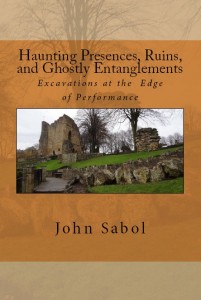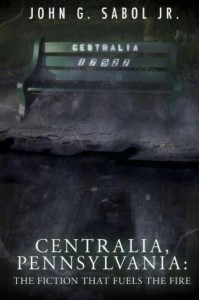AN ARCHAEOLOGY OF A HAUNTED LIBRARY
I don’t live in a house. I sleep there. I experience life outside the walls of a “home”. Because I am an archaeologist, I encounter that life away from my “home turf”. I do frequent, however, a certain space in the house where I study, analyze, and write about those outside experiences. It is my “memory room”, my study. It is where the haunting originates, and the ghosts dwell. Because of these frequent “visitations”, my house is not haunted, my “memory room” is!
Because I don’t live my life here, I am not overtly concerned about visual presence, luxurious surroundings, or creature comforts. I “dwell” on dwelling in spaces where my memories can re-emerge. The décor of my surroundings are inhabited by “trigger objects”, posted conveniently around the “memory room”. This allows the haunting to emerge. Others may call them “mementos”, or a more sophisticated gaze may label them “museum pieces”. They are the material remains of my journeys, both physical and imagined. They are reminders of the fieldwork, the “still points” for my writing.
I do not build this “memory museum” to impress others. I do not collect arbitrarily to bolster ego or sales. The material culture in the house is a “home” for my archaeological (layered time) and ethnographic (culturally-expressive) moments. They stimulate my haunted mind, but they are not a “haunted museum” (like that of John Zaffis). They are the remains of excavations that I store in this “laboratory”, my “haunted house”. They are collected after memory practices in the field are completed, sometimes reiterating a past performance. They are stored as “artifacts” of past cultural presence in my books.
These books become the haunted library for my haunted house. Anyone can “check them out”, read their content, and enter my haunted house. If they truly understand the meaning and intent that I have expressed, they can leave ordinary reality and enter the inner recesses of expanded experience. This “museum”, and my books, is interactive. They must be! Only then can it be a haunted moment. This is no technological innovation. It was invented by Gutenberg centuries ago. It is a social exchange between a “ghost” and his audience. It becomes a site-specific performance in the haunted theatre at the reading of the first page………..
Battlefield Hauntscape: The Unearthing of Gettysburg, July 1863
Bodies of Substance, Fragments of Memories: An Archaeological Sensitivity to Ghostly Presence
Digging-Deep: An Archaeologist Unearths a Haunted Life
Gettysburg Unearthed: The Excavation Of A Haunted History
Ghost Culture: Theories, Context, and Scientific Practice
Ghost Excavator: Unearthing the Drama in the Mine Fields
Phantom Gettysburg: Alternative Histories on a Civil War Battlefield
The Anthracite Coal Region: The Archaeology of its Haunting Presence
The Politics of Presence: Haunting Performances on the Gettysburg Battlefield
The Re-Haunting(s) of Gettysburg: Ghost Archaeology and the Multiple Fields of Presence
Digging Up Ghosts: Unearthing Past Presences At A Haunted Location
Haunting Archaeologies: The Still Unexcavated Fields
Ghost Culture Too: Expanding the Contemporary Reality of Past Interactive Interactions
Burnside Bridge: The Excavation of a Civil War Soundscape
Beyond the Paranormal: Learning From the Past at Haunted Locations
The Gettysburg Experience: Contemporary Realities of the Past as a Civil War Battlefield
The Absence Above, A Presence Below: Re-Envisioning Centralia, Pennsylvania
The Ghost Excavation: An Ethnography of a Haunted Site
The Good Death and The Civil War: The Haunting of an American Battlefield
The Production of Haunted Space: Its Meaning and Excavation
Altered States: Making the Extraordinary Ordinary Again
Anthracite Heritage: A Still “Unmined” Landscape
Archaeology and Ghost Research: A Relational Entanglement
Performances in Haunted Space: An “Afterlife” in Ruin
Haunting Presences, Ruins, and Ghostly Entanglements:
Excavations at the Edge of Performance




